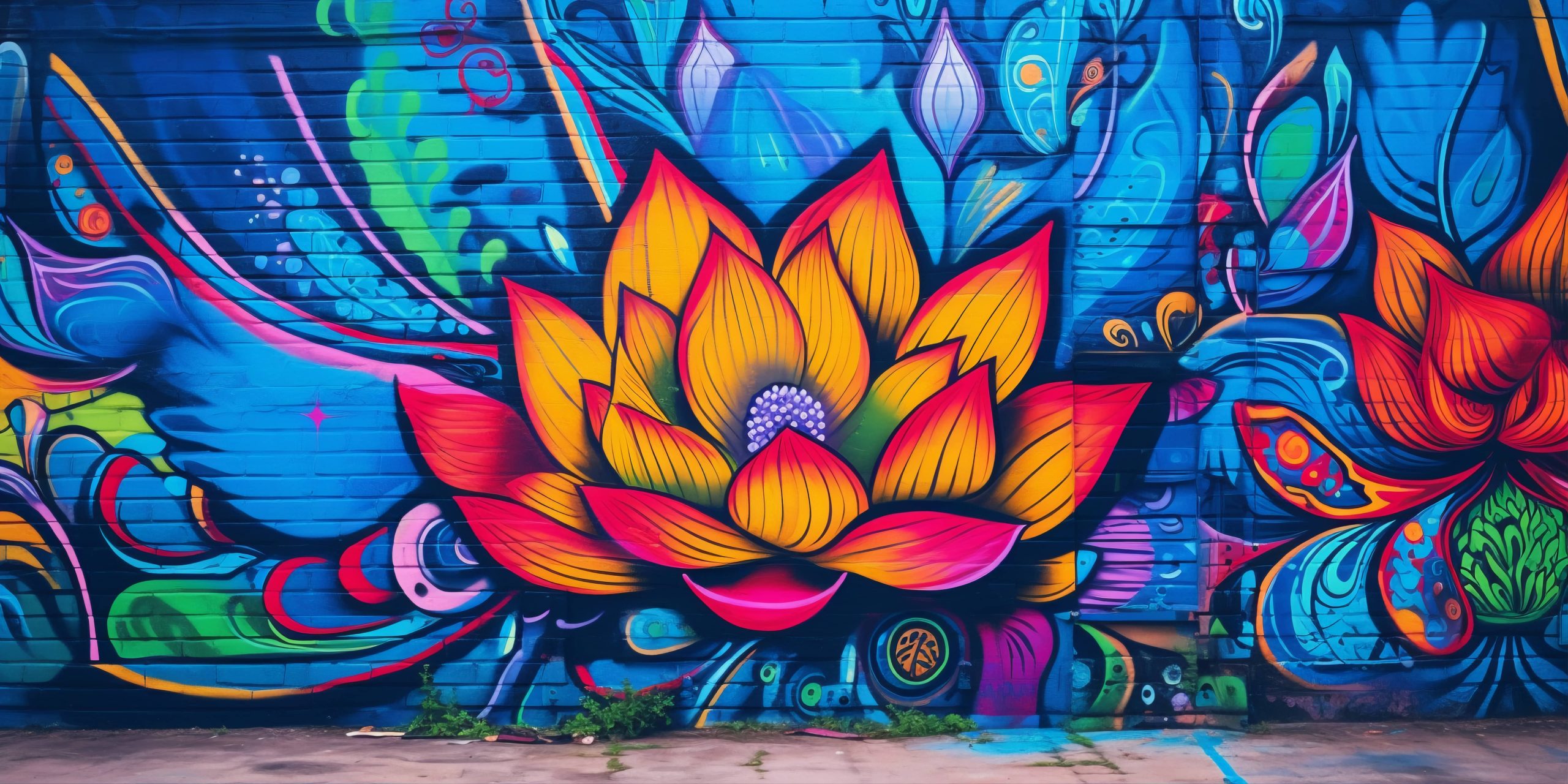How did Street Art Evolved in the United States? Are you wondering about the origin and history of this typical art form? Worry not, because in this blog we will discuss the history and evolution behind the street art in the United States. Street art is a form of artistic expression that is created in public spaces, typically using various techniques such as spraying paint, using stencils, or pasting paper onto surfaces. It is often seen as a way for artists to communicate their ideas and messages to a wider audience, outside the traditional art galleries and museums. Instead of showing their art in galleries or museums, they share it with everyone who walks by. In the United States, street art has been around for a long time. It started getting popular in the 1970s, especially in New York City. People there were inspired by artists from Europe such as Blek le Rat and Jean-Michel Basquiat, who were doing similar things. These early artists laid down the foundation for such a vibrant and diverse art form in the US. The Origins of Street Art in the US Street art in the US began long ago, around the early 1900s. Artists like Keith Haring and Jean-Michel Basquiat were among the first to make their mark. Haring drew bold figures with chalk in subway stations and on empty billboards. Basquiat started with graffiti before becoming a well-known painter. There were others too, like Futura 2000, who added abstract elements to graffiti, making it more experimental. Lady Pink was one of the few women doing graffiti back then, showing that street art wasn’t just for men. These artists helped shape the street art scene in America. Early Pioneers of Street Art in America The early pioneers of street art in America made significant contributions to the development and evolution of the art form. Keith Haring, known for his iconic figures and bold lines, used the streets of New York City as his canvas, creating vibrant and energetic murals that captured the spirit of the city. His work often addressed social and political issues, making him a prominent figure in the street art movement. Jean-Michel Basquiat, another influential artist, started out as a graffiti writer before transitioning into a successful painter. His work often featured powerful and thought-provoking messages, addressing themes such as race, identity, and inequality. Basquiat’s unique style and use of symbols and text set him apart from other artists of his time, making him one of the most celebrated street artists in history. Other notable pioneers of street art in America include Futura 2000, who added abstract elements into his graffiti work, pushing the boundaries of traditional styles. Lady Pink, one of the few female graffiti writers at the time, made significant contributions to the movement and helped pave the way for other women in the male-dominated world of street art. How Did Graffiti Emerged in the US? Graffiti is a form of street art when people write or draw on public surfaces using spray paint or markers. It started in New York City in the 1970s, mainly in communities where people felt ignored. It became a way for them to express themselves when they felt they weren’t being heard. It began with young people writing their names on subway trains and walls as a form of rebellion. But it quickly turned into an art form with its own styles and techniques. Graffiti became a way for people to claim their space in a city that often ignored them. For many, graffiti is a way to express thoughts, feelings, and experiences in a public place. It can be especially important for marginalized communities, helping them tell their stories and challenge how things are. But some people see graffiti as vandalism and illegal. This leads to arguments about whether it belongs in society. How Did Hip-Hop Culture Influence Street Art? Hip-hop culture had a big impact on street art in the United States. It started in the Bronx in the 1970s and included music, dance, fashion, and art. Graffiti was a big part of hip-hop culture, used by artists to express themselves and show who they were. The link between hip-hop and graffiti goes back to when young people in New York City began writing their names on trains and walls as a form of rebellion. This grew into an art form, with artists developing their own styles and techniques. Graffiti became important in hip-hop, representing the voices of people who often felt ignored. Hip-hop gave street artists a platform to share their work and connect with others who had similar ideas. It created a community where artists could work together and come up with new ideas. Even today, you can still see the influence of hip-hop in street art, with many artists using elements of the culture in their work. The Rise of Street Art in the 1980s and 1990s The 1980s and 1990s marked a significant period for street art in the United States. During this time, street art began to gain recognition as a legitimate art form, with artists pushing the boundaries of traditional styles and techniques. The street art scene became more diverse and vibrant, with artists from different backgrounds and disciplines contributing to its growth. One important artist from this time was Shepard Fairey. He became famous worldwide for his “Obey” campaign. Fairey’s art often talked about politics and society, making people think about authority and what’s going on in the world. His use of bright colors and bold images made his art stand out and helped make street art more popular. Another big name was Banksy, although nobody knows who Banksy really is. Banksy’s art also talked about politics and social issues. He used stencils to make strong images that made people stop and think. Banksy’s work became famous around the world and got people talking about what street art means in today’s world. The Role of Street Art in Political and Social Movements Street

